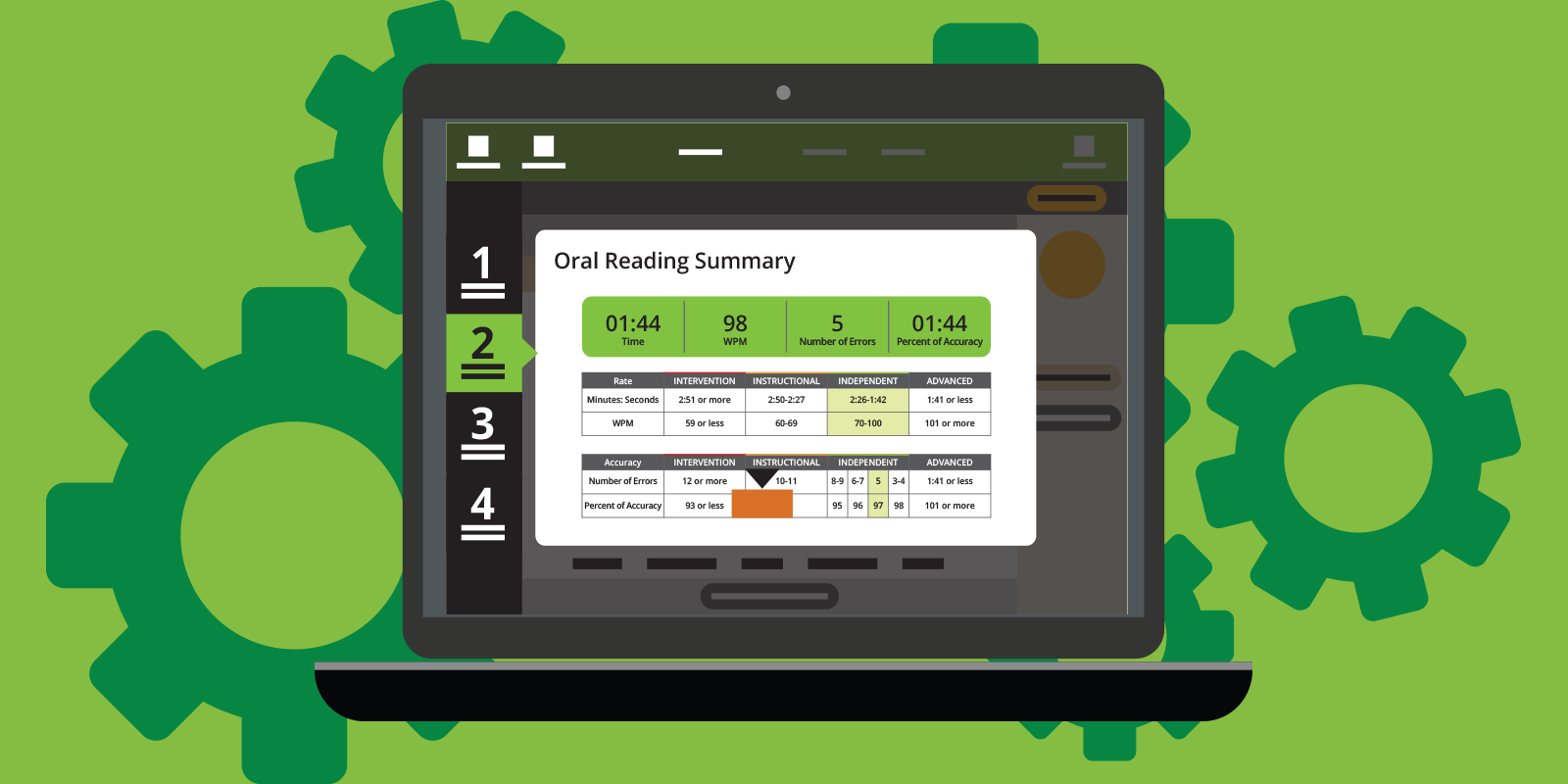Making the turn into 2020

Can you believe we are here, talking about mid-year progress... already?? Fall is flashing by as quickly as summer did, and before we know it, colorful lights will be surrounding our windows, houses, and trees! Our bright little learners are bursting with excitement for the holiday season, and while it may seem like school is winding down for this calendar year, checking their mid-year reading skills progress is a fantastic way to maximize learning when school resumes after winter break!
December to-dos:
- Continue using Progress monitoring with identified students.
- Plan and continue to model, teach, and support the areas identified in need of instruction on the Class profile form for small groups or the whole class.
- Oral Reading Rate, Phrasing and expression (Use appropriate leveled passages from Progress Monitoring for repeated readings. See Routine Card 11–13 for routines to improve oral reading fluency.)
- Oral retellings and written summaries (See Blackline Masters at the end of the Teacher Guides.)
Enhancing reading progress through independent reading
When kids have access to books on topics that interest them, they read more often and for longer periods of time... often without too much prodding. In an effort to help you guide your students’ parents in choosing the right book for their child’s age and interests, we’ve included a list of titles separated by grade level. They’re adapted from the Association for Library Service to Children and are part of their 2019 Notable Books list.
Please choose from the following age groups, and download the appropriate PDF to send to your students’ parents.
What’s on the calendar for 2020?
One of the most important tasks in any school year is discovering each student’s literacy strengths and weaknesses. Identifying where they might need a little help, and how you can utilize their strengths to augment that support will help them make the most of their educational time. We have put together a reading assessment calendar to help you stay on track throughout the year, and to provide you with helpful tools to enhance your reading curriculum. December’s activities are crucial to your students’ reading success, and will set you on the path to discovering — and fostering — the lifelong reader in each of them!
Read more





